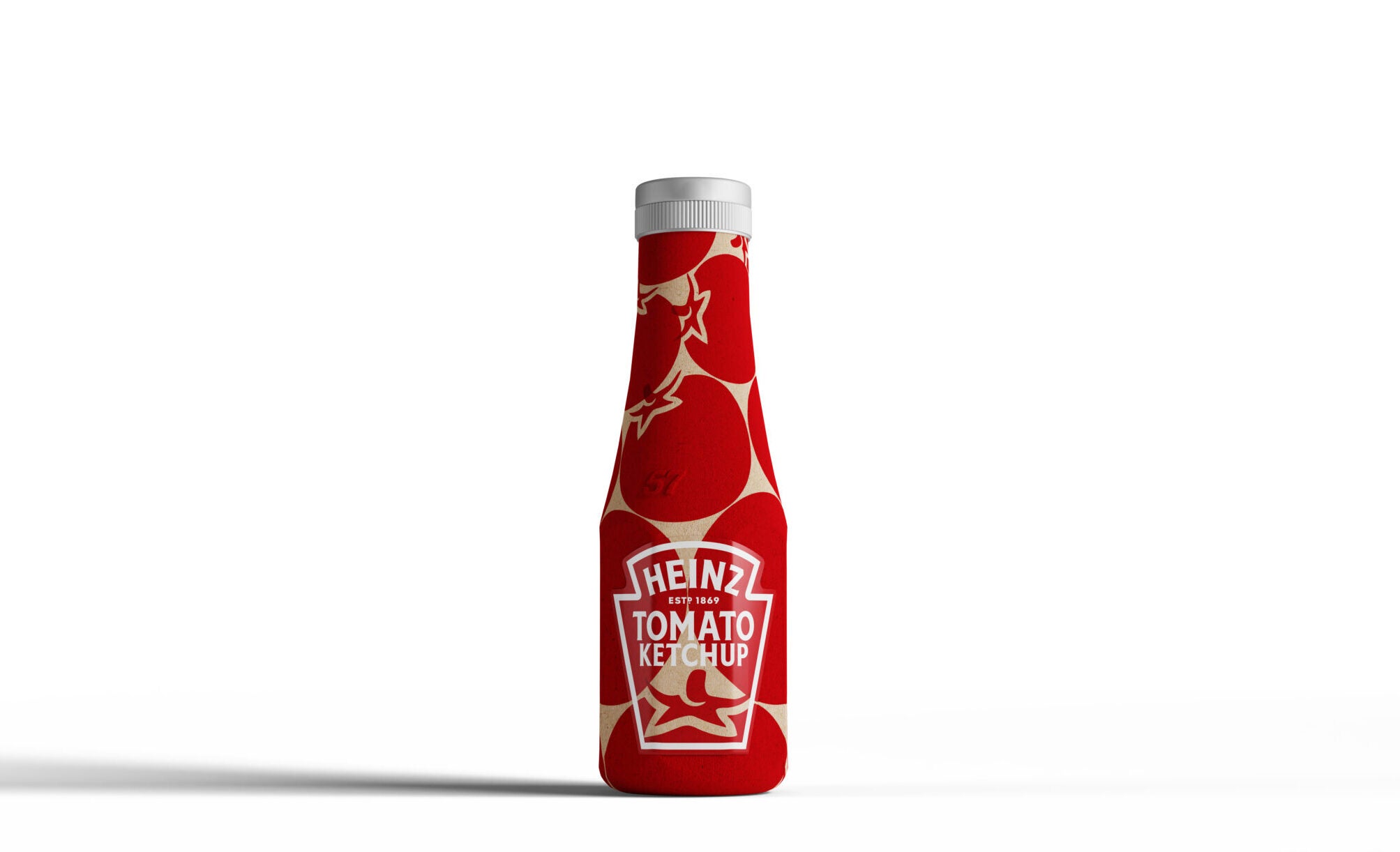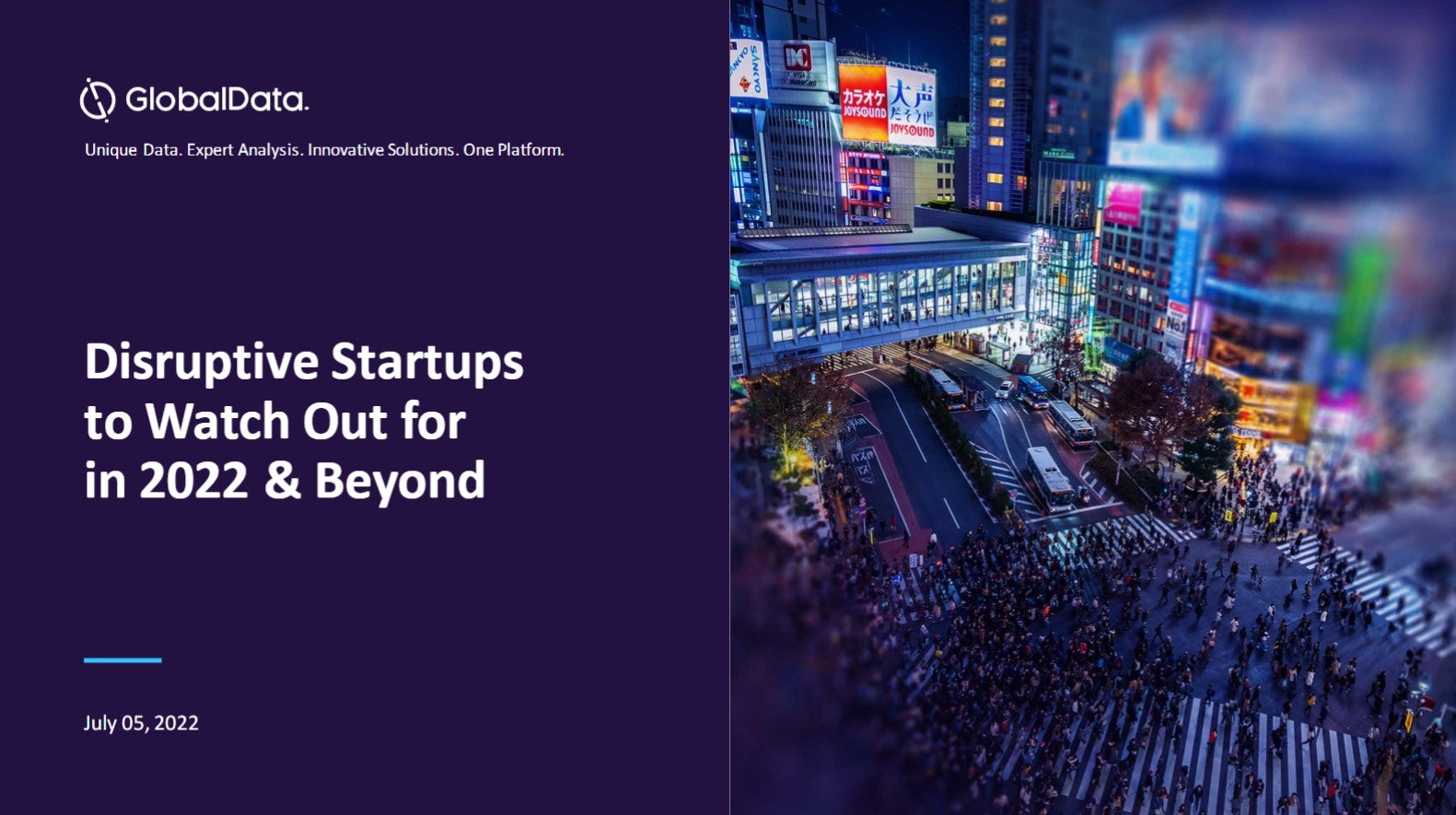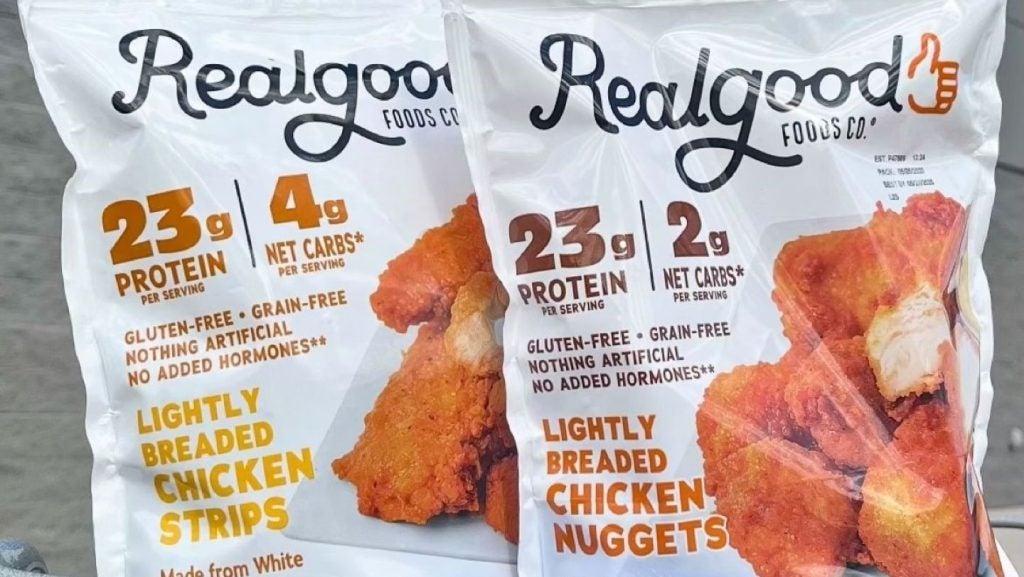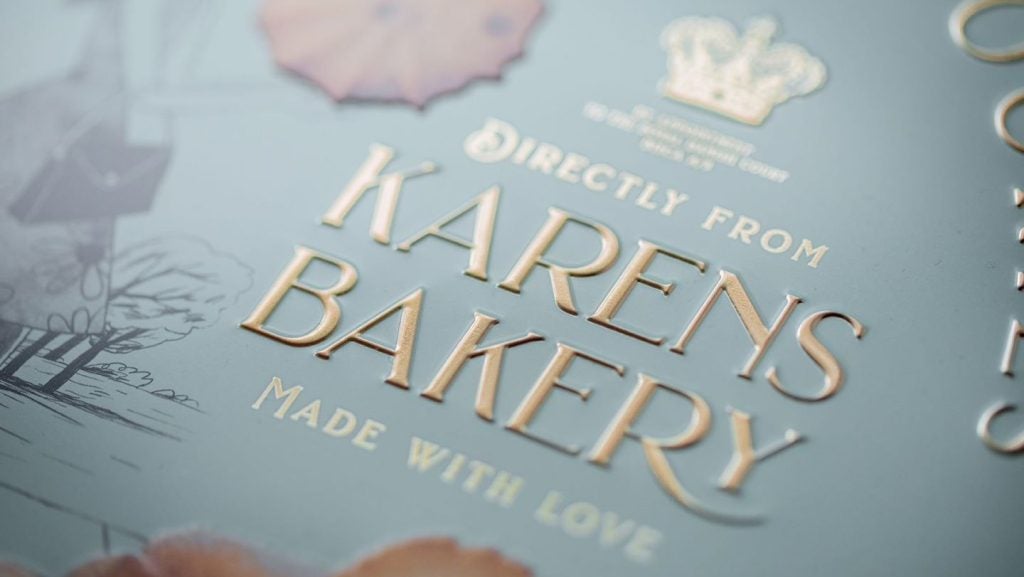
“This month, after 18 months of exploration, I am excited to be launching Rubies’ ketchup in a recycled and 100% recyclable squeezy bottle format,” wrote Rubies in the Rubble founder Jenny Costa at the end of April.
With 97% of the retail ketchup market in a squeezy bottle and a mission to take 5% of UK sales in the next three years, “we knew we needed to get into the right format to compete”, Costa, who founded UK condiments business Rubies in the Rubble in 2012, added. Glass, it seems, didn’t cut it anymore.
Two weeks later and condiment-category colossus Kraft Heinz has announced it wants to use new pulp-based bottles.
“We’re eager to continue discovering more sustainable packaging for our beloved and iconic brands,” said the company’s chief sustainability and corporate affairs officer Rashida La Lande. A press release noted “the ketchup bottle of tomorrow” would sit alongside its glass and plastic counterparts. I’ll believe that when I see it.
The prototype is being developed with Pulpex, a collaboration between venture management company Pilot Lite Group and Diageo, the beverage behemoth (PepsiCo and Unilever are also reportedly involved). Two years ago, in July 2020, Diageo claimed a “world-first” – a “100%, plastic-free, paper-based, spirits bottle”. It would be on shelves protecting Johnnie Walker whisky “in early 2021”. Has anyone seen it yet? Reports suggest it won’t appear until next year, a timeline Just Food understands Diageo is hopeful of hitting.
How well do you really know your competitors?
Access the most comprehensive Company Profiles on the market, powered by GlobalData. Save hours of research. Gain competitive edge.

Thank you!
Your download email will arrive shortly
Not ready to buy yet? Download a free sample
We are confident about the unique quality of our Company Profiles. However, we want you to make the most beneficial decision for your business, so we offer a free sample that you can download by submitting the below form
By GlobalDataSee Also:
Costa at Rubies should be able to sleep easy for now because Kraft Heinz’s bottle is also still some way off. “We are in the very early stages of our work with Pulpex, so cannot share a launch date at this time,” Kraft Heinz ESG director David Shaw told this publication.
And yet the wall-to-wall media coverage (and support from anti-plastic NGOs) has seen a green halo already placed neatly above the brand best known for its famous red bottle. There is little thought for any unintended consequences because Kraft Heinz, like others, is squeezing every last drop of PR out of their anti-plastic packaging pipedreams.
The US giant is only responding to consumer pressure, of course. Shareholder activists at As You Sow recently forced the firm to commit to setting a goal to reduce its use of virgin plastic. A target will be announced later this year or early next. Beverages group Keurig Dr Pepper, snacks major Mondelez International, PepsiCo and Walmart are also among those to have also been strong-armed into targets on cutting virgin plastic.
This is no bad thing considering the emissions savings through using recycled plastic. Kraft Heinz is in fact set to launch a “fully circular” PET bottle later this year, according to its latest ESG report (the plastic bottles it uses in Europe already contain 30% recycled content). However, by weight, 39% of the plastic packaging it uses globally is currently unrecyclable.
This presents problems. Brands begin to hunt out new materials, turning principally to paper, cartons and compostables, as they look to switch from one single-use pack to another. Innovators upsell their new idea and plans become reactive rather than proactive, as is the case with the pulp bottle.
Indeed, as yet, there is scant information available. Having picked through the press statement and followed up with Kraft Heinz, the merits of such a move (if it’s possible at all) are still unclear. A few initial concerns quickly materialise, though.
The wording in the press release is careful: this is “a paper-based, renewable and recyclable bottle made from 100% sustainably-sourced wood pulp”, which is different to a bottle made 100% (that is, entirely) from wood pulp.
There must be a liner in the bottle, though (otherwise the ketchup would seep through). So, what is it? Shaw says: “The bottles are sprayed internally with a proprietary food-grade coating to create a barrier between the packaging and the product inside. The coating is PET-, HDPE-, and BPA-free.”
Given the interest not only in packaging but the chemicals and additives in it, companies will need to be more transparent than that. Maybe this paper bottle allays rising fears over chemical leakage from plastic and recycled plastic bottles? But a follow-up email asking what the spray is, whether paper recyclers are happy with it and the impact on the amount of sauce left in the bottle went unanswered (isn’t the whole point of squeezy bottles to reduce food waste?).
Is it recyclable, then? The coating “will account for a very small percentage of the overall bottle” which is “expected to be widely and readily recyclable in paper waste streams”. Why shift from widely recyclable plastic (PET) or glass to packaging that might be recycled? And why spend loads of money on this unless you are sure it can be recycled?
Paper mills are watching such developments carefully (and nervously). As brands switch from plastic to paper, the plants can become clogged up with paper packaging lined with plastic and other materials. Another issue flagged by packaging experts is whether recycling plants will identify the bottles as plastic because the paper and card stream tends to be flat while bottles are ‘3D’.
And how about the cap? Kraft Heinz is looking at polypropylene (PP), as well as other non-plastic options, Shaw says. So, as shoppers are getting used to recycling their bottles with the cap on, we could have a paper bottle with a plastic cap (just this week, Coca-Cola announced caps will be tethered to its bottles in Britain to encourage recycling).
Finally, the kicker: is the paper bottle better than the plastic or glass one? Here the company will have to consider cost, functionality, shelf presence and so forth, as well as environmental impact in the context of its net-zero ambitions.
Pulpex says this paper bottle has the lowest CO2 footprint “materially” but provides no data to back this up (it is “internal” data). Again, the lack of transparency fuels scepticism.
Just because it’s not plastic doesn’t mean it’s more sustainable. In their plastic panic, there is a fear brands are still shunning the nuance in their announcements and investments. They are reacting to pressure rather than proactively seeking sustainable solutions.
Indeed, one is left wondering how the budget for the paper bottle compares to that for the company’s reusable packaging initiative with Loop and Tesco?





Related Company Profiles
Walmart Inc
Tesco Plc
Unilever Plc
Mondelez International Inc
The Kraft Heinz Co